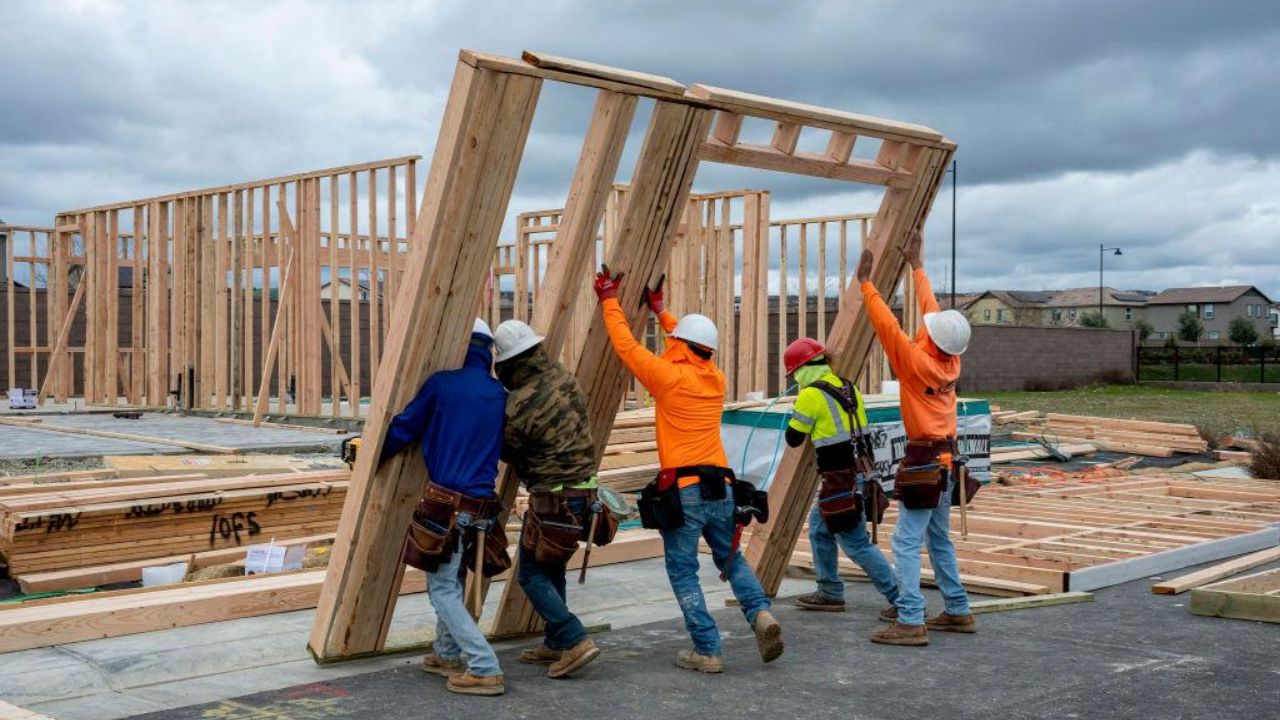
President Donald Trump’s new tariffs on timber, lumber, and furniture took effect October 14, 2025, reshaping the U.S. housing economy overnight.
The White House says it’s about national security — critics call it the biggest homebuilding disruption in decades. With materials now taxed as high as fifty percent, the American dream of homeownership just got thousands of dollars more expensive.
The Biggest Tariff Shock in Decades

The new Section 232 tariffs hit every corner of construction. Softwood lumber now carries a ten percent tariff. Kitchen cabinets and vanities face twenty-five percent immediately, jumping to fifty percent on January 1, 2026.
Upholstered furniture faces twenty-five percent now, thirty percent next year. Industry experts call it the most aggressive trade action targeting building materials in decades.
Canada Takes the Hardest Hit
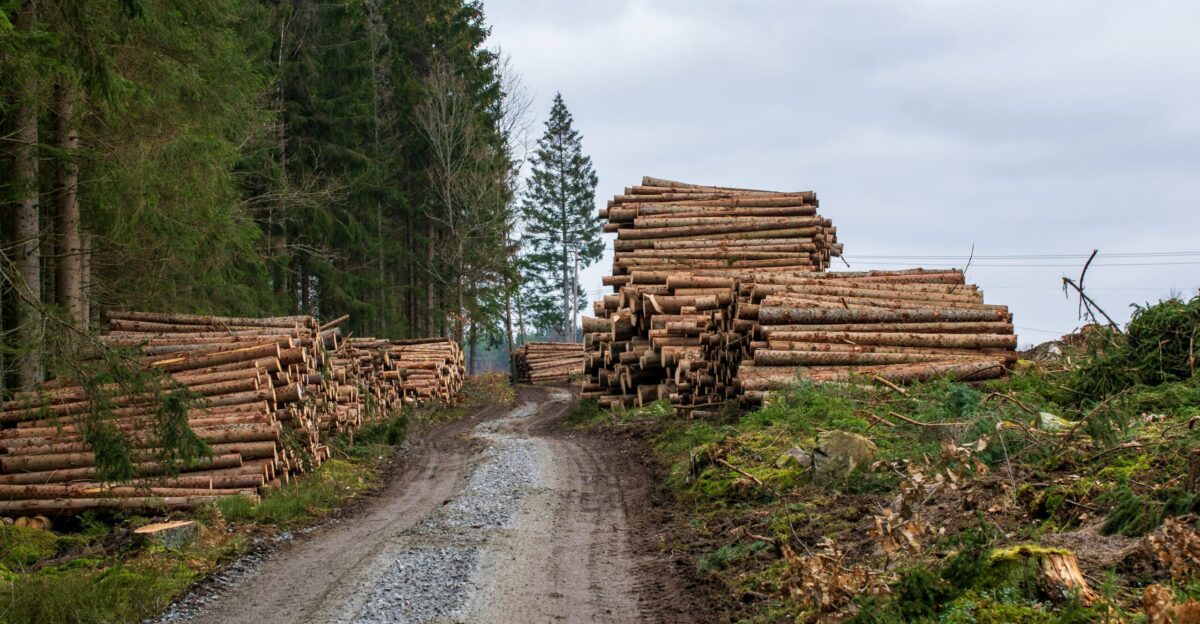
Canada, which supplies roughly eighty-five percent of imported lumber for U.S. homes, faces the heaviest blow. Already under thirty-five percent anti-dumping and countervailing duties, Canadian softwood now faces a combined forty-five percent tariff.
Trade experts say this marks the steepest escalation in the forty-year U.S.–Canada lumber dispute — and could spark retaliation on American goods.
A National Security Justification — or a Cover Story?
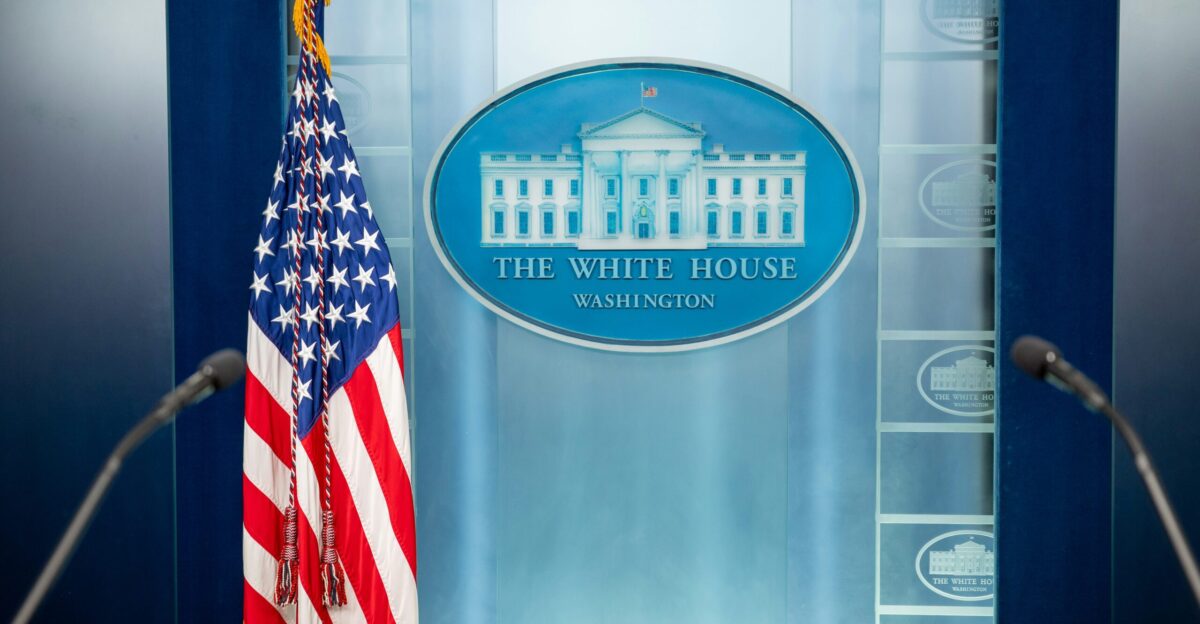
The White House claims the tariffs protect U.S. defense and infrastructure from supply vulnerabilities. A Commerce Department report found that one-third of America’s lumber is imported despite domestic capacity to meet ninety-five percent of demand.
Yet mills operate at only sixty-four percent capacity. Critics argue the move masks economic protectionism behind patriotic language.
The Housing Market Feels the Blow

The average new home spends about $49,763 on framing and $19,056 on cabinets and countertops. With materials now facing tariffs up to fifty percent, builders warn construction costs will rise significantly.
For families already squeezed by record mortgage rates, the price of homeownership just moved further out of reach.
First-Time Buyers Face New Barriers
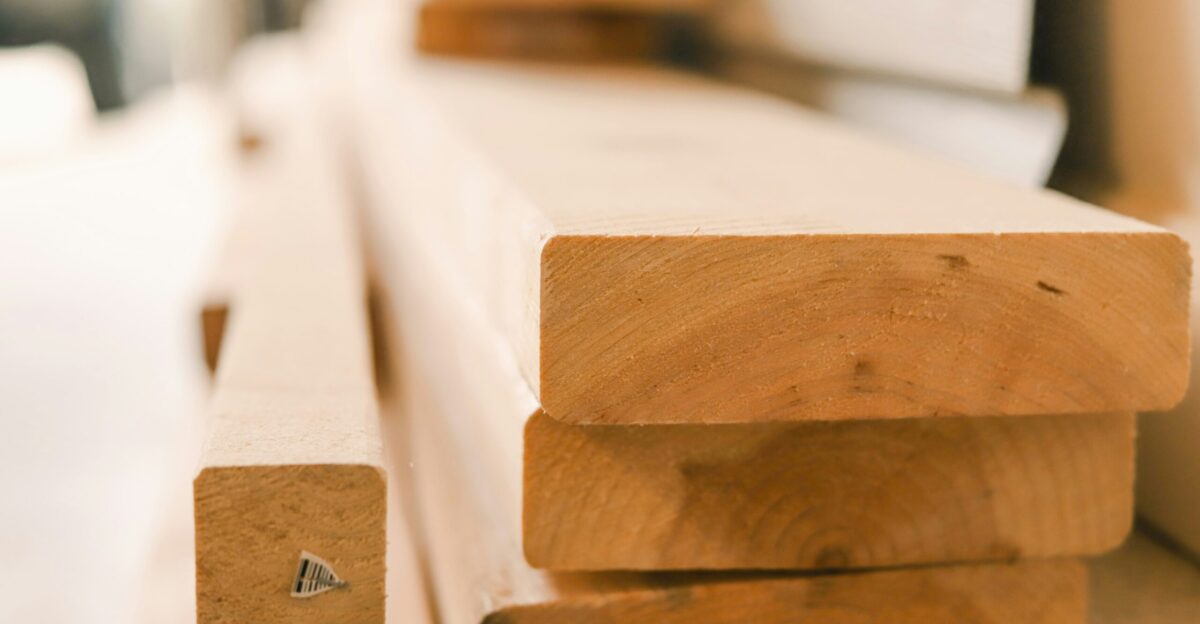
Rising material costs mean higher sale prices for new homes and fewer affordable options for first-time buyers. The NAHB warns the tariffs will “create additional headwinds for an already challenged housing market.”
Builders across the country are delaying projects or scaling back plans, anticipating slower sales and shrinking profit margins in 2026.
Furniture Prices Set to Skyrocket
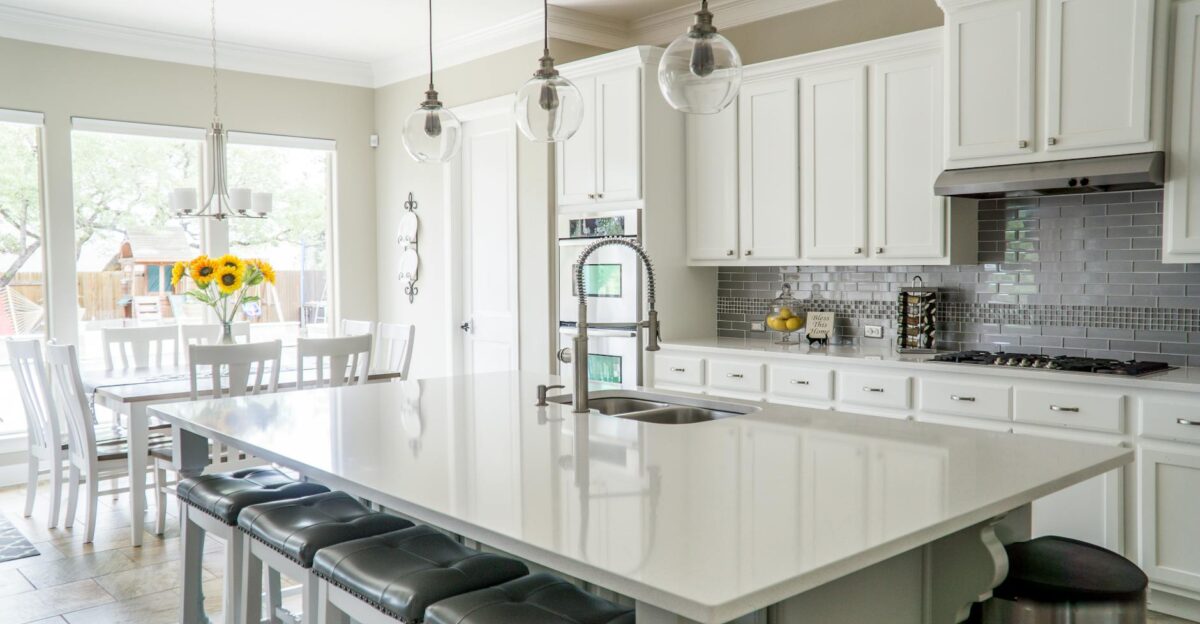
Imported kitchen cabinets, vanities, and furniture are next on the chopping block. A 25% tariff today becomes 50% by January. Retailers must either absorb the costs or pass them on to consumers. Industry observers expect significant price increases, making 2025’s year-end sales the last chance to buy before the tariff shock fully hits.
Your Remodel Just Got Pricier
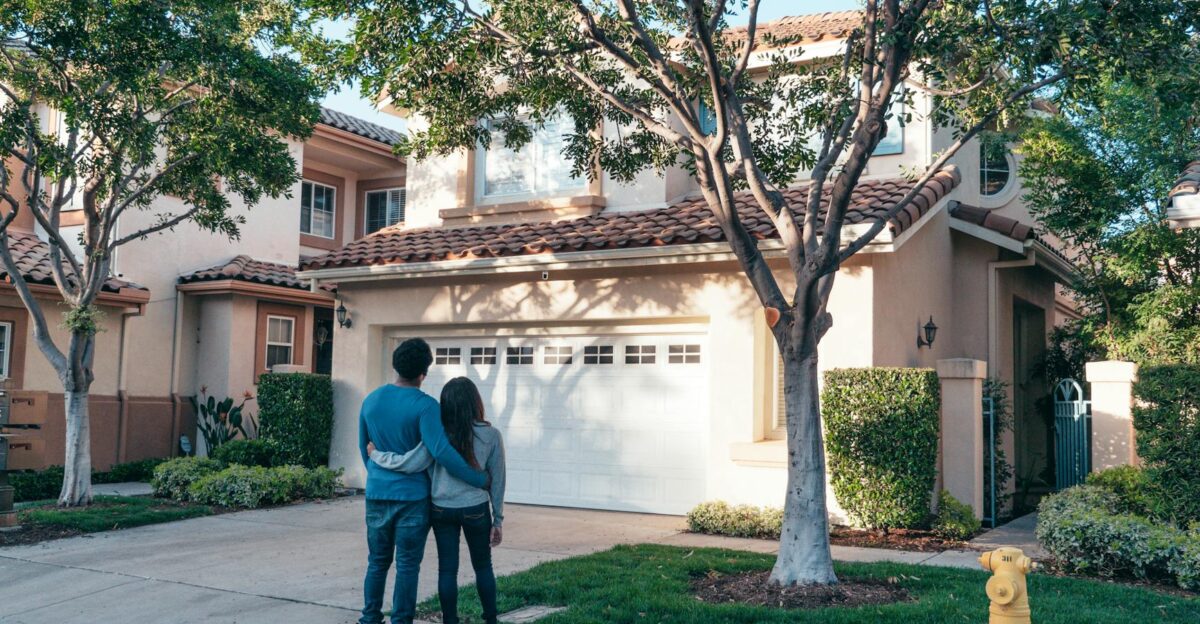
Homeowners planning renovations face an unpleasant surprise. The cost of kitchen cabinets that once totaled $5,000 could jump to $7,500 by January.
Bathroom remodels and furniture replacements will follow the same trajectory. Contractors warn clients to lock in quotes now, as material suppliers will begin raising prices weeks before the new tariffs take effect
Global Ripple Effects Begin

The tariffs reverberate far beyond North America. Vietnam, China, and Mexico—three of the largest exporters of furniture and cabinetry to the U.S.—stand to lose billions.
Many factories are already diverting shipments toward European and Asian markets to avoid steep American duties. The global furniture trade is being redrawn in real time.
Allies Get Softer Treatment

Not every nation faces the same tariff wall. The United Kingdom secured a maximum ten percent cap under existing trade deals. The European Union and Japan face a combined tariff ceiling of fifteen percent.
Everyone else, including Canada and developing exporters, gets the full rate. The result is a deeply uneven global playing field.
Domestic Mills Struggle to Keep Up
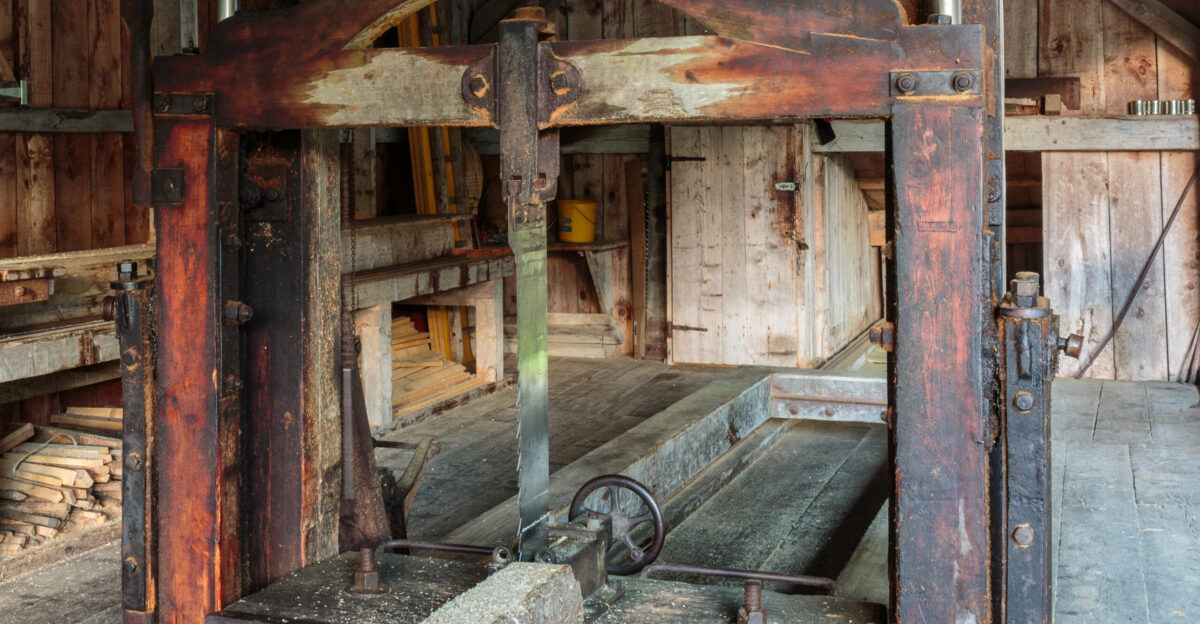
Even with tariffs in place, America’s lumber mills cannot fill the supply gap immediately. The NAHB estimates it will take several years before domestic production can meet construction demand.
The result is a painful transition period where builders pay higher prices without seeing the benefits of increased local supply. Shortages are likely.
Environmental Concerns Add Pressure
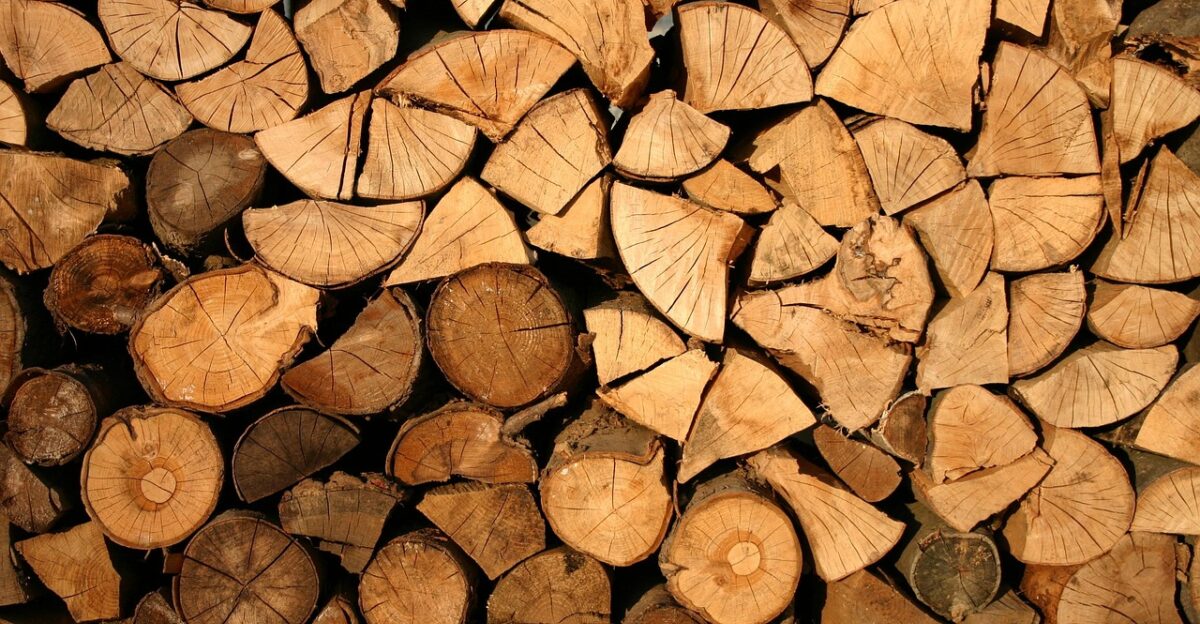
Expanding domestic lumber production raises alarms among conservation groups. More aggressive logging could threaten forest ecosystems and weaken carbon sequestration efforts.
Environmentalists warn that framing tariffs as “national security” policy risks trading long-term ecological stability for short-term political gain. Balancing growth and sustainability is emerging as a new flashpoint in the debate.
Workers See Hope — but Delayed Payoff
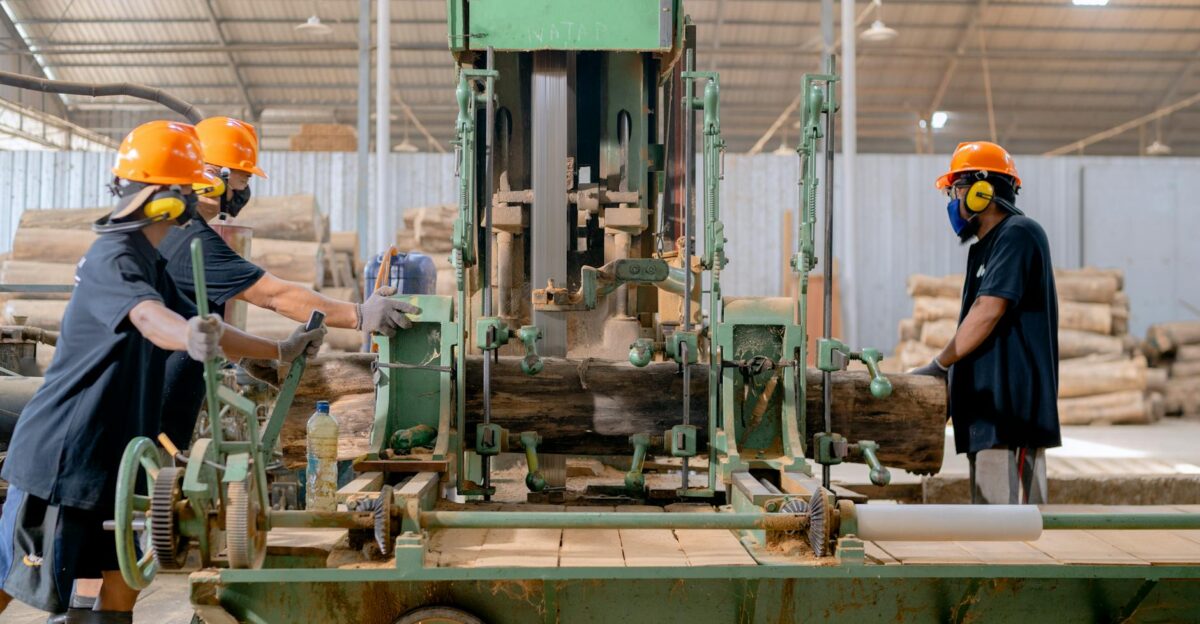
For lumber mill employees, the tariffs are a glimmer of hope after years of layoffs and closures. If mills increase output, jobs could return.
Yet the NAHB cautions that any rebound will take years, while housing costs rise immediately. Workers may celebrate the policy’s intent but not feel its rewards anytime soon.
The Cabinet Makers’ Advantage
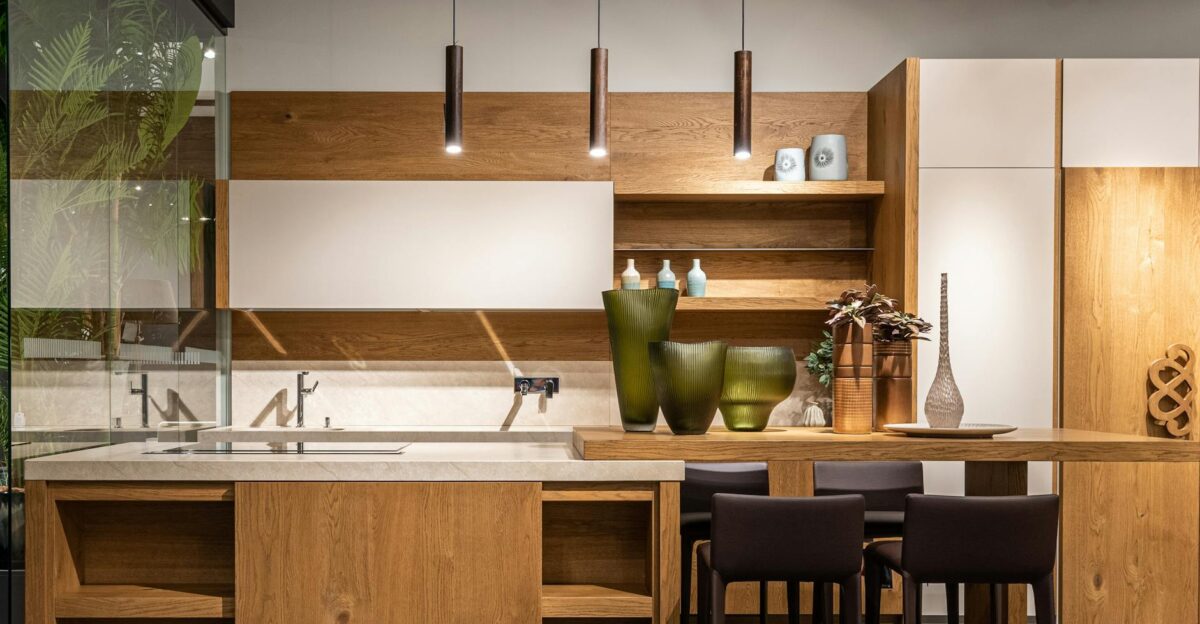
Domestic furniture and cabinet manufacturers are early winners. As imported pieces face tariffs of up to fifty percent, U.S. producers gain a rare competitive edge.
Yet that advantage comes with a catch: their lumber inputs will now cost more, too. Whether the boost outweighs the burden will depend on who adapts fastest to the new pricing reality.
Wall Street Reacts to the Shockwave
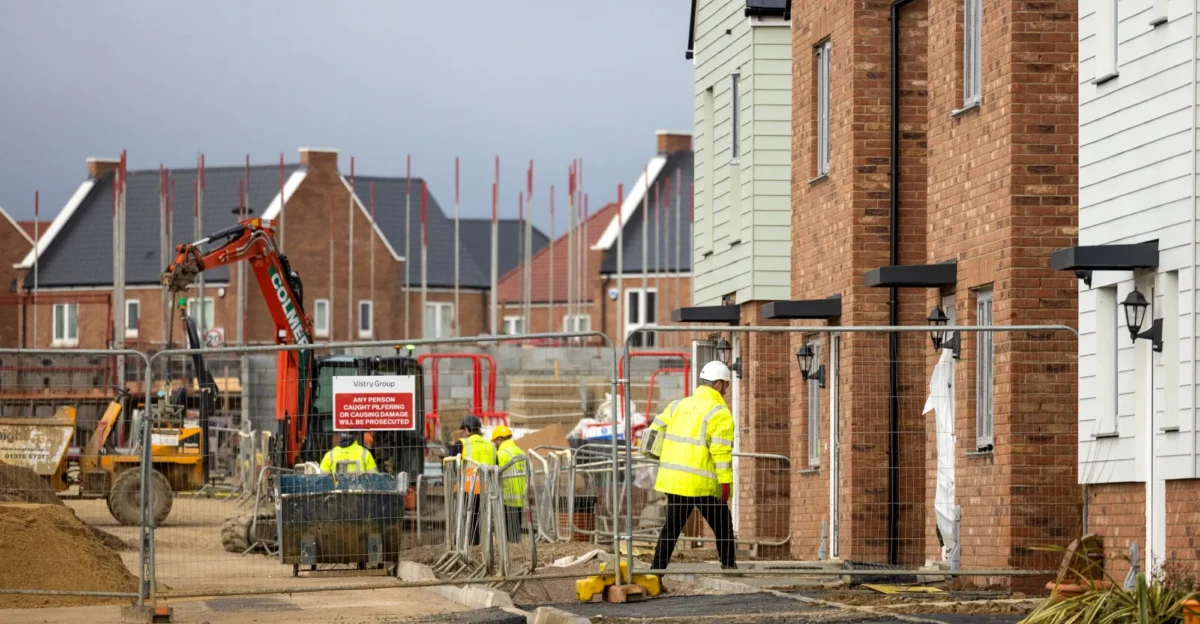
Investors are watching closely. Homebuilder stocks dipped as analysts forecast tighter margins and declining sales. Lumber futures spiked as traders bet on prolonged price inflation.
Major retailers such as Home Depot and Lowe’s face difficult choices about inventory and pricing strategies. The entire housing supply chain is bracing for disruption.
A Nation of Renovators Reconsiders
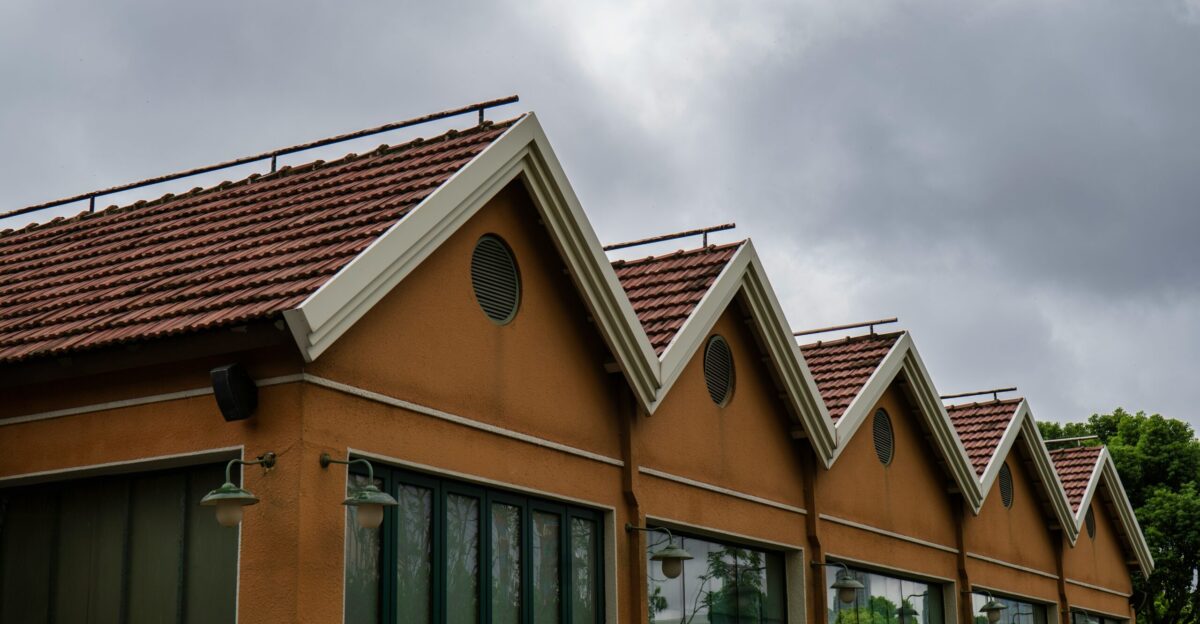
Millions of American homeowners undertake renovations regularly. For them, the tariff impact is enormous. Everything from deck repairs to kitchen remodels now carries a premium.
The combined lumber and furniture tariffs will significantly increase consumer costs across the renovation market.
How to Beat the Tariff Deadline
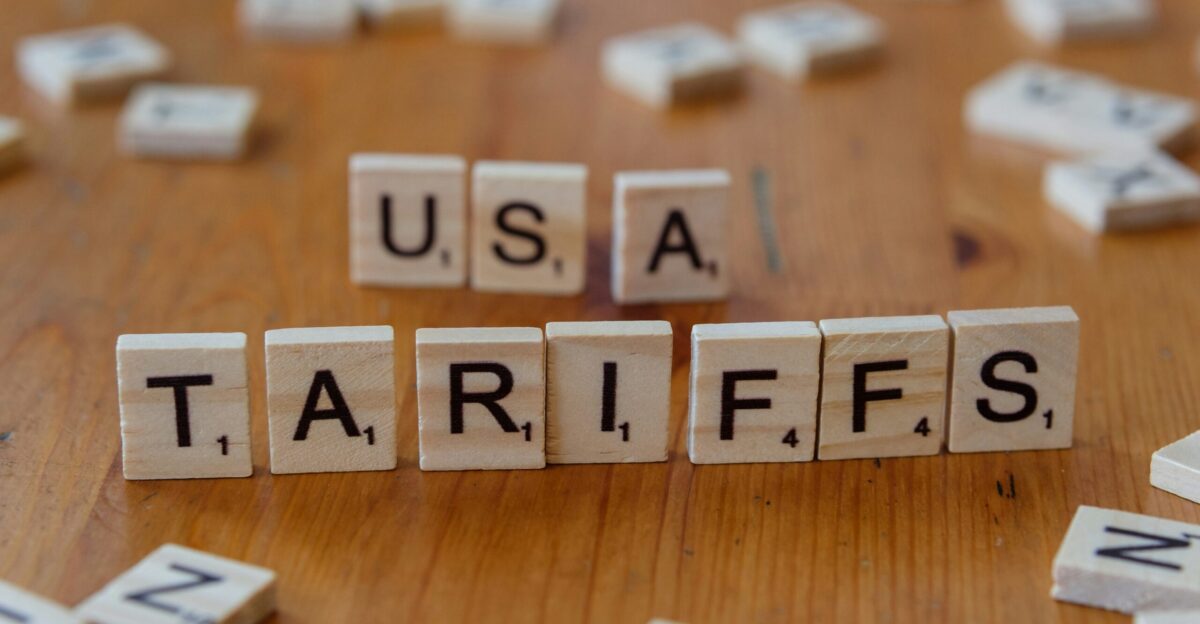
Experts say homeowners can still dodge the worst increases by acting fast. Cabinets, furniture, and lumber purchased before January 1, 2026, avoid the 50% escalation.
Contractors advise locking in quotes immediately, while suppliers warn that inventories may thin as demand surges ahead of the deadline. The countdown to higher prices has already begun.
The National Security Debate

The decision to label furniture and lumber a “national security threat” is unprecedented. The White House argues it will rebuild domestic industry, while critics question the national security justification.
Either way, the move reframes one of America’s closest allies, Canada, as an economic rival amid ongoing trade tensions.
The Long-Term Gamble

If domestic production rebounds, the tariffs could eventually stabilize supply and reduce foreign dependence. But in the short term, experts warn of shrinking home starts, worsening affordability, and an industry in distress.
For now, the costs are immediate while the benefits remain hypothetical — a gamble that tests both economic patience and political will.
The Price of the American Dream

President Trump’s October 2025 tariff plan may protect industries in the long run, but it comes at a heavy price. From new homes to kitchen remodels, nearly every corner of American domestic life will feel its effects.
Whether it revives industry or cripples affordability, one truth is clear: every nail, board, and cabinet will soon cost more than it did yesterday.